Experience Sigmund Freud’s 1897 visit to Orvieto with this engaging 4-hour tour that takes you through the very places that sparked a turning point in his life and work. For $290.89 per person, you’ll explore historic sites, art, archaeology, and the personal moments that shaped Freud’s ideas about the unconscious, dreams, and human nature. Led by knowledgeable guides, the tour combines walking visits to landmarks like the Duomo di Orvieto and the Pozzo di San Patrizio, along with a drive to the Etruscan Necropolis—all revealing how this small Italian town left a big mark on the father of psychoanalysis.
What we love most? First, the chance to walk through Freud’s footsteps in Orvieto, connecting his personal experiences with the sites he visited, especially the fascinating frescoes and the Etruscan tombs that inspired his theories. Second, the expert storytelling, which makes history come alive—particularly how the frescoes by Signorelli influenced Freud’s concept of the “Freudian slip.” A potential drawback? The Etruscan Necropolis involves a drive by car, which might limit the experience for those seeking a fully walkable tour. But overall, it’s perfect for travelers interested in psychology, art, archaeology, and history who want a deeper understanding of Freud’s time in Italy.
This tour is ideal for curious travelers who appreciate authentic sites rather than just reading about Freud’s life. If you’re fascinated by how physical places can influence ideas or love exploring small towns with big stories, then this guided journey will resonate with you.
Key Points
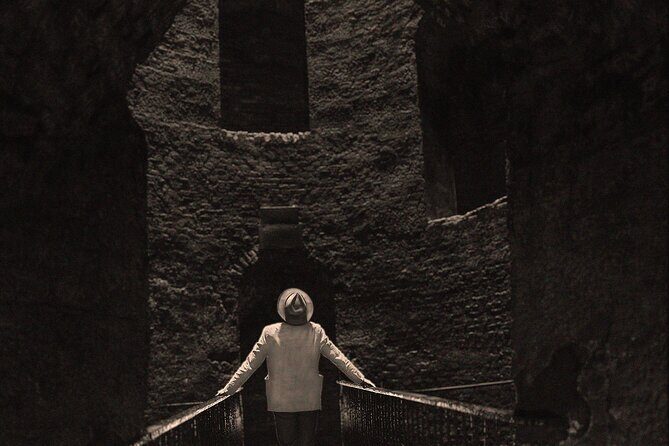
- In-depth focus on Freud’s time in Orvieto and its impact on his work
- Visits to iconic sites like the Duomo, Pozzo di San Patrizio, and Etruscan necropolis
- Expert storytelling linking art, archeology, and psychology
- Small group size (up to 6 travelers) ensures personalized attention
- Accessible by public transportation with some parts accessible via walking
- Includes all entrance fees and taxes for a hassle-free experience
The Fascinating Journey Through Freud’s Eyes in Orvieto
When we think of Sigmund Freud, we often picture a scholarly figure surrounded by books, or perhaps in a Vienna office. But in 1897, Freud’s time in Orvieto was more than a brief holiday—it was a catalyst for some of his most profound ideas. This tour takes you to the very places he visited and offers a chance to see how a small Italian town could influence a man who would go on to revolutionize psychology.
Starting at the Teatro Mancinelli, your guide will set the scene, providing a broad overview of Freud’s three days in Orvieto. It’s a wise choice to begin here, as it frames the journey ahead and prepares you for the significance of each site. The theater itself, with its lively history, acts as a hub before you step into the streets of Orvieto, where art, history, and personal reflection collide.
Interested in history? Here are other past-focused experiences we've examined in Orvieto
Visiting the Sites that Shaped Freud
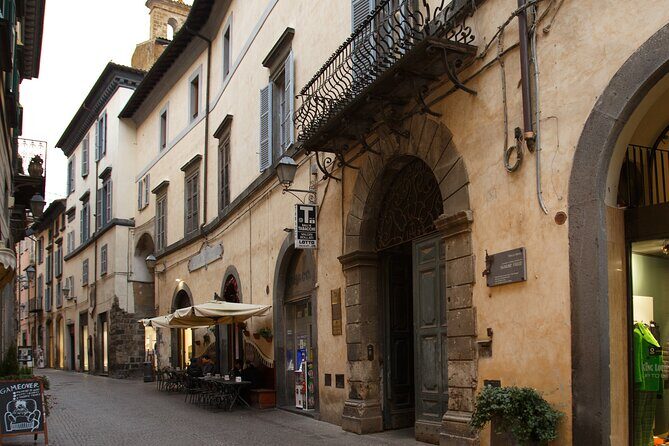
Piazza della Repubblica & Palazzo Bisenzi
Our first stop is the Piazza della Repubblica, a lively square where Freud stayed at the Hotel Delle Belle Arti during each of his visits. Standing here, it’s easy to imagine Freud wandering the streets, absorbing the ambiance of this charming town. Nearby, the Church of Sant Andrea features a remarkable fresco of St Julian the Hospitaller—an artwork that Freud may have found inspiring, especially considering its themes of healing and transformation.
The Pozzo di San Patrizio
Next, we descend into the Pozzo di San Patrizio, an astonishing Renaissance marvel 50 meters deep. This is more than just a well; it’s a symbol of descent—much like Freud’s own “descent into the unconscious.” The engineering is impressive, with a double-helix staircase allowing access without crossing paths. As you peer down into its depths, think of it as a metaphor for exploring hidden parts of the mind—a concept Freud would later develop.
The Etruscan Necropolis of Crocifisso del Tufo
One of the most evocative stops is the Etruscan Necropolis, where Freud was so struck by the house-like tombs that he dreamt of being buried in one. This inspired his seminal work “The Interpretation of Dreams”. The site’s silence and ancient tombs help you imagine the early peoples who buried their dead with care, perhaps whispering to Freud about death and the unconscious. We pause here for coffee at the Igloo Café, giving you time to reflect and soak in the atmosphere.
- Enobike tour to Lake Corbara and Titignano Castle
- Luxury Eno and Oil experience, by e-bike and more…
- Orvieto Cathedral and Underground Caves Tour
- Best Orvieto Private tour with Duomo and Underground
- Private Tour of Orvieto including Duomo (Cathedral)
- Unique EnoBike experience with tasting in 2 excellent wineries
The Duomo di Orvieto and Signorelli’s Frescoes
The Duomo is a highlight, especially the frescoes by Luca Signorelli, illustrating the “End of the World” and other biblical scenes. Freud was deeply affected by these images—so much so that they influenced his understanding of symbolism and slips of the tongue. Inside, you’ll also see the Baroque Pietà by Scalza and the fresco cycle depicting the Miracle of Bolsena—artworks that relate to themes of faith, doubt, and the human condition.
What the Tour Means for You
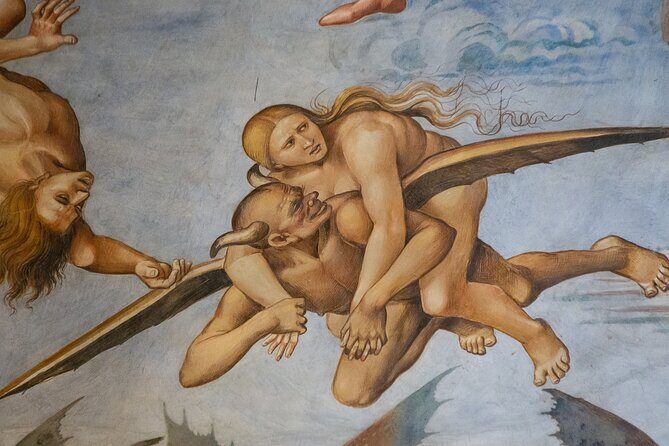
Throughout the tour, the guide skillfully links Freud’s personal experiences to the art and architecture he encountered. We loved how each site seemed to tell a story not just about history but about psychological insight—from the descent into the well to the silent tombs. The small group size ensures intimate conversations and tailored insights, which makes the experience richer.
While most of the tour is a walk, the trip to the necropolis involves a car ride—a practical choice to explore the extensive site without exhausting your energy. The tour runs year-round, with weekday availability, and is perfect for those with an interest in history, archaeology, or psychology.
Price and Value
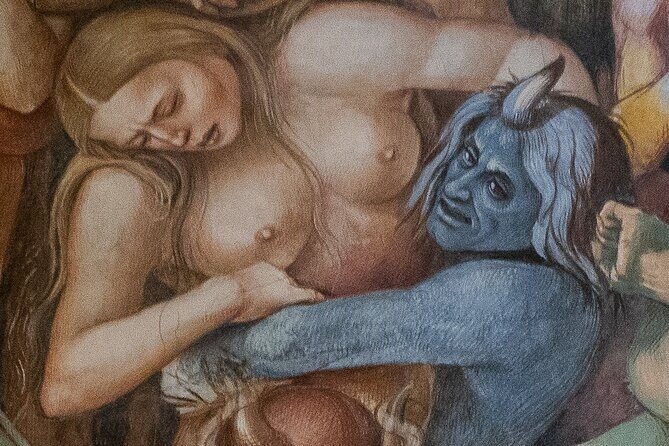
At $290.89, this tour offers a well-curated, immersive experience into Freud’s time in Orvieto. The cost includes all entrance fees, taxes, and expert storytelling, which adds value considering the depth of knowledge provided. It’s not just a sightseeing tour; it’s a chance to see how a small Italian town can influence a giant of modern thought.
Who Should Book This Tour?
If you enjoy art, history, or psychology, this tour suits you. It’s especially suited for travelers curious about Freud’s personal life and the places that inspired his ideas. The small group size means plenty of opportunities for questions and personalized insights, making it ideal for those who want more than just a surface visit.
The Sum Up
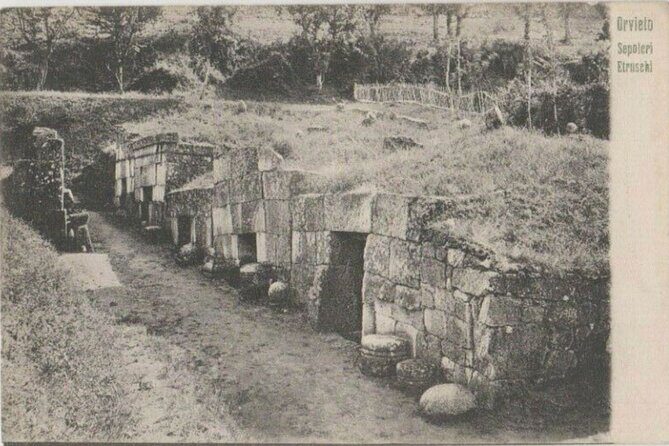
This Freud in Orvieto tour is a rare opportunity to connect personal history with cultural and artistic landmarks. It offers a detailed, well-balanced look at Freud’s 1897 visit, emphasizing the importance of place and experience in shaping ideas. Whether you’re a psychology enthusiast, an art lover, or a history buff, you’ll find value in understanding how Orvieto’s stunning views, ancient sites, and artworks played a role in the mind of a genius.
The tour’s blend of personal connection and historical insight makes it a memorable journey. It’s perfect for those seeking a thought-provoking, authentic experience outside the usual tourist spots, especially if you’re eager to see how a small Italian town left a lasting mark on one of the world’s greatest thinkers.
FAQs
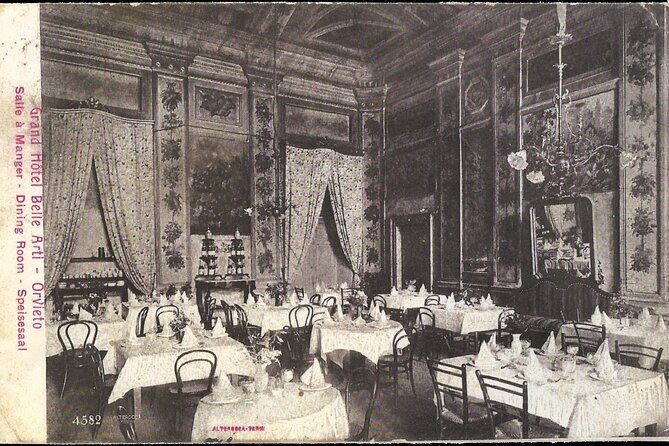
How long is the tour?
The tour lasts approximately 4 hours, covering several historic sites and landmarks.
What is included in the price?
All entrance fees and taxes are included, ensuring a straightforward experience without surprises.
Can I participate if I have mobility issues?
Most of the tour is walkabout, but the visit to the Etruscan Necropolis involves a car ride. This may influence accessibility for some travelers.
Is lunch included?
No, lunch is not included, giving you the flexibility to choose where and when to eat.
What is the group size?
The tour is limited to a maximum of 6 travelers, allowing for personalized attention and a more intimate experience.
Are tickets available in advance?
Yes, booking is recommended at least 11 days in advance, especially during peak seasons.
Is the tour family-friendly?
Most travelers can participate, but consider the walking and site visits if traveling with young children.
What should I bring?
Comfortable shoes, sun protection, and a camera are recommended. A notebook could be handy for recording insights.
How do I meet the tour?
The starting point is at Teatro Mancinelli, Corso Cavour, 122, Orvieto. The tour ends at the same location.
This comprehensive exploration of Freud’s Orvieto journey promises a blend of art, archaeology, and psychology—a truly enriching experience for any curious traveler.
More Historical Tours in Orvieto
More Tour Reviews in Orvieto
- Orvieto: Classic Wine Tasting at Madonna del Latte
- Orvieto to Civita di Bagnoregio Round Trip Shuttle Transfer
- Private 2-Hour Photography Tour in Orvieto with a Pro
- Tour to Civita di Bagnoregio and Bolsena with Panoramic stops
- FAMIGLIA COTARELLA, NEAR ORVIETO WINE TASTE AND VISIT
- Sugano: Goblets at Sunset Experience
More Orvieto experiences we've covered
- Orvieto: Classic Wine Tasting at Madonna del Latte
- Orvieto to Civita di Bagnoregio Round Trip Shuttle Transfer
- Private 2-Hour Photography Tour in Orvieto with a Pro
- Tour to Civita di Bagnoregio and Bolsena with Panoramic stops
- FAMIGLIA COTARELLA, NEAR ORVIETO WINE TASTE AND VISIT
- Sugano: Goblets at Sunset Experience
- Orvieto: visit and wine tasting at Castello di Corbara
- Orvieto: Tour and wine tasting at Tenuta Le Velette
- Orvieto, the Cathedral with golden mosaics and the medieval city Private Tour
- Winery tour and wine, cheese & charcuterie tasting
- Pozzo della Cava Admission Ticket
- Small Group E-bike Experience from Orvieto to Civita with Lunch
